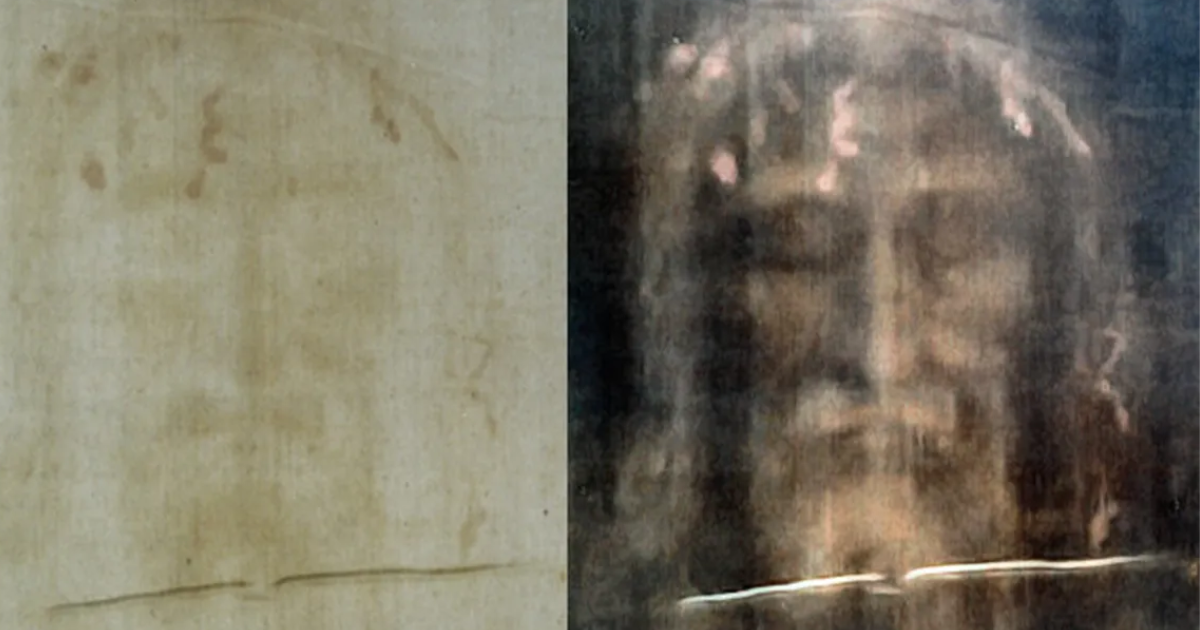
The Shroud of Turin is one of the most famous religious and historical artifacts known to man. It is also one of the most contested.
The shroud is claimed by many to be the burial cloth of Jesus of Nazareth.
Others say that it is a fake that was made during medieval times.
Whatever the truth may be, it has been the subject of thousands of hours of scientific study and has been visited by millions of people over the years.
The first confirmed records we have of the shroud come from 1354 when it belonged to Geoffroi de Charney (a member of the Knight Templar).
That means that it is, at the very least, hundreds of years old. Even at that time, it was claimed to be the burial cloth of Christ.
It went on display several decades later, attracting many pilgrims who wanted to see it. This is when the authenticity of the shroud was first called into question.
The Bishop of Troyes, where it was being displayed, called it “cunningly painted, the truth being attested by the artist who painted it.”
Despite the claim from the bishop, the shroud continued to get a lot of attention from both members of the clergy and lay people who wanted to believe in its authenticity.
Fortunately, the shroud was kept safe over the centuries as an important artifact.
In the 1980s, radiocarbon dating was performed by three separate and independent teams of scientists in order to attempt to learn when the shroud was first made.
Each of the three teams of scientists determined that it was a more modern piece.
“The results of radiocarbon measurements at Arizona, Oxford and Zurich yield a calibrated calendar age range with at least 95 percent confidence for the linen of the Shroud of Turin of [CE] 1260-1390.”
One would think that this would be the end of the debate. This shows that the shroud was made during medieval times and was either a great piece of artwork or a fraud.
But not so fast.
Those who say the shroud is the authentic burial sheet of Christ point out that the area where the samples were taken is believed to have been replaced after a known fire that damaged it in the 12-1300s.
This, of course, would explain why the radiocarbon dating gave the results it did (if true).
There are countless arguments from both supporters and deniers of the authenticity of the Shroud of Turin.
Even the Catholic Church, which has custody of the shroud, however, makes no pronouncement regarding its authenticity.
It should be noted that the Church does not determine any of its relics, as it says their authenticity is something left to science.
The shroud is currently kept in a laminated bulletproof glass case that is airtight. It is temperature and humidity controlled, and filled with 99.%% argon to prevent any further chemical changes.
The Catholic Church does occasionally put the shroud out on display for people to see for themselves.
Whether real or an ancient fake, the Shroud of Turin is a fascinating historical artifact.
If you thought that was interesting, you might like to read about the mysterious “pyramids” discovered in Antarctica. What are they?